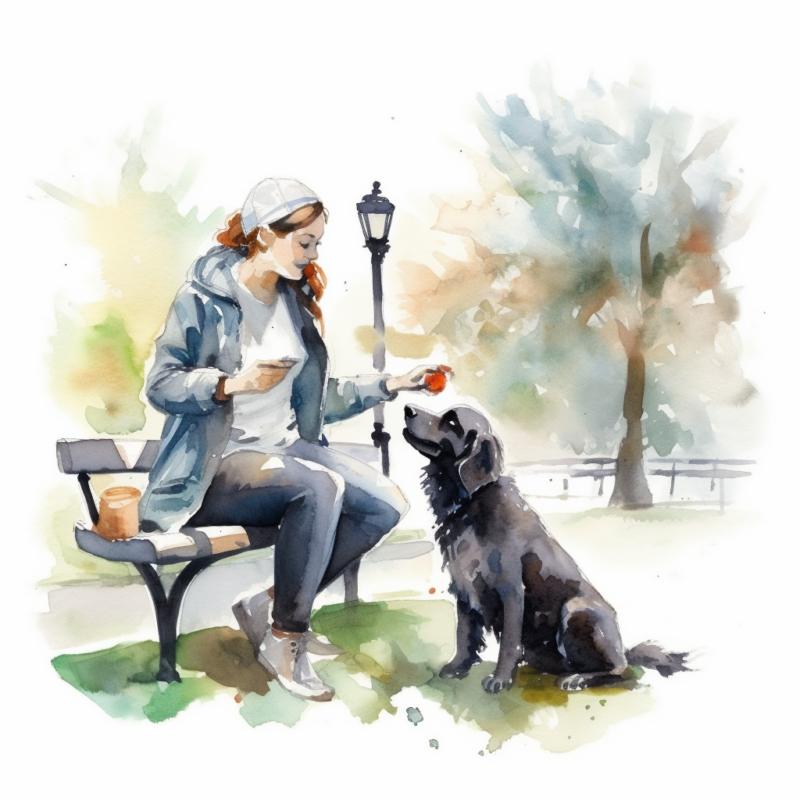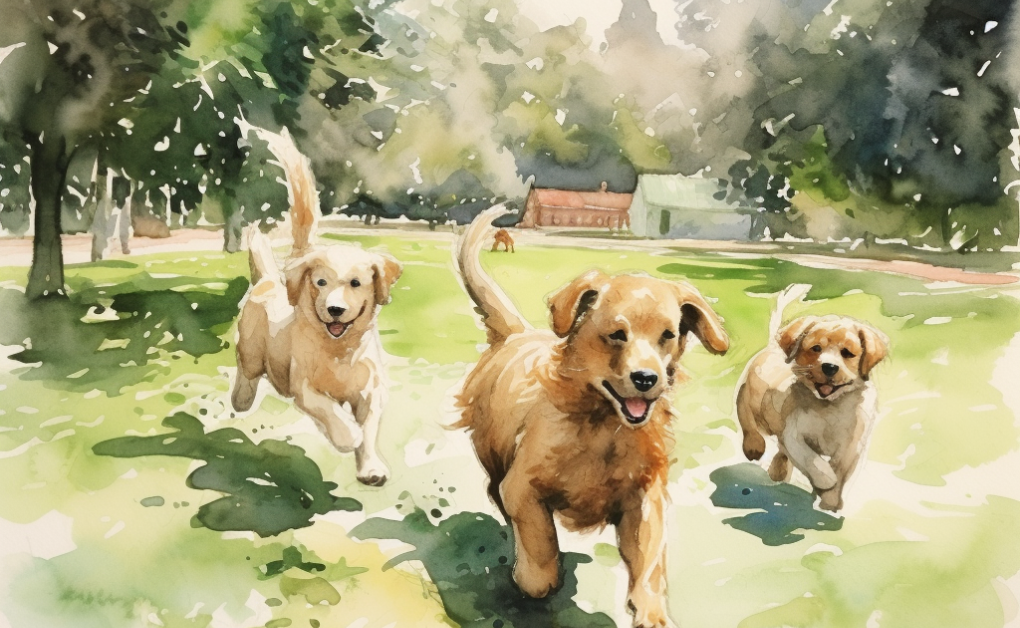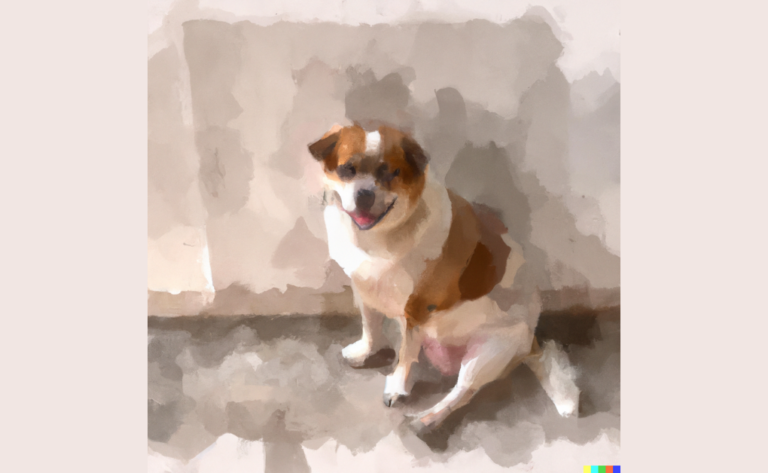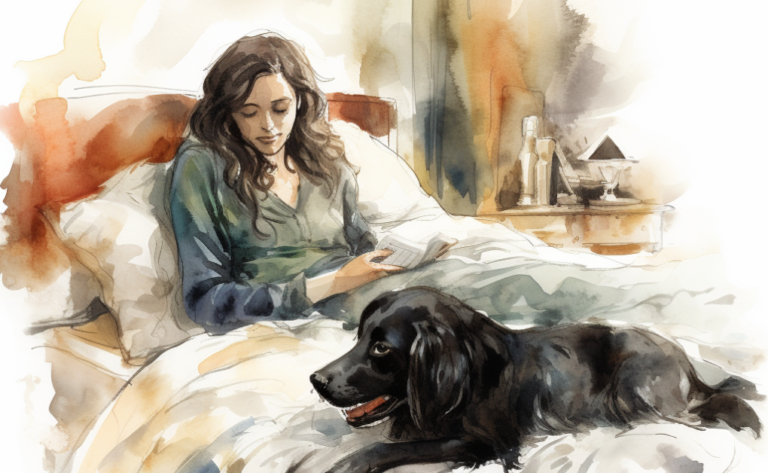Summer Safety Tips: Keep your Pets Safe during the Spring & Summer
Introduction
For Karen, sunny days meant taking her beloved dog, Max, out to the park for long, enjoyable walks. However, one sunny afternoon, she noticed Max acting strange after returning home from their usual outdoor adventure. Concerned, Karen began researching ways to keep Max safe and healthy during the warmer months. In this blog post, we will follow Karen’s journey to discover the essential precautions every pet owner should take to protect their furry friends from the potential hazards of hot weather, sun exposure, and more.
Spring has arrived, and with it comes warmer weather, longer days, and outdoor adventures. If you live near an area that experiences spring snowstorms, you may wonder how to protect your pets from the elements. Here are some safety tips to keep your pets safe during spring and summer.
Keep Your Pets Safe and Hydrated
During the spring and summer, your pet may drink more water than usual. This is because they need water to stay healthy, especially when the temperature rises. This is especially true if your dog lives in a warm climate or spends a lot of time outdoors.
Make sure your pet has plenty of fresh drinking water available. Don’t let your pet go thirsty. And be vigilant about keeping them away from areas where there may be stagnant water.
Be Aware of Heat Stroke

Heat stroke is a severe condition when your dog’s temperature rises too high due to excessive heat exposure. Symptoms include panting, drooling, vomiting, diarrhea, seizures, collapse, and death. Dogs are susceptible to heat stroke, especially when they are often outside.
If your dog becomes overheated, he may be unable to cool himself down. As a result, he may pant excessively, become lethargic, drool, vomit, frequently urinate, tremble, shake uncontrollably, collapse, convulse, lose consciousness, and die.
During warm weather, make sure to keep your dog inside at night and avoid exposure to direct sunlight. Also, be sure to give him plenty of water. Finally, only let them stay in the car for a short time with air conditioning. According to the Society of the United States, when the outside temperature is 85 degrees Fahrenheit, the temperature inside a car rises to 102 degrees Fahrenheit in just 10 minutes.
Keep your pet calm and comfortable by providing shade and shelter whenever possible. If your pet gets too hot, immediately remove him/her from the environment and place him/her under cold running water until they feel cooler.
Watch Out for Insect Bites
Insect bites occur when mosquitoes, ticks, fleas, and chiggers bite your pet. Flea infestations are common in warm climates, and mosquito bites are common in areas with heavy rainfall. Here are some tips to help protect your dog against insect bites:
- Keep windows closed and screens locked.
- Use sunscreen or insect-repellent products (sprays and lotions).
- Clean up pet messes regularly.
- Make sure pets wear collars with ID tags.
- Check your dog’s ears daily for ticks.
- Be vigilant about fleas. Flea control measures include vacuuming carpets, washing bedding, and applying topical treatments.
Check for Parasites
Parasites are microscopic organisms that live inside animals’ bodies. Some parasites cause no harm, but others can infect your pet and lead to serious health problems, including diarrhea, weight loss, skin rashes, and vomiting.
Regularly inspect your pets for parasites to keep them safe this spring and summer. Check for lice, fleas, ticks, worms, and mites.
Please get rid of the parasites found on your pet by taking them to the vet. If you find any parasites, remove them promptly. Don’t let them remain on your pet; they may infect another animal or person.
Also, wash your hands after handling your pet. Please wash your hands thoroughly with soap and water, especially after touching their face, nose, mouth, eyes, ears, and genitals.
Wash your hands frequently throughout the day, too. This helps prevent the spreading of germs between pets and humans.
Use Sunscreen Properly

Sunscreen is important because it protects against skin cancer, wrinkles, and premature aging. But sunscreen isn’t just for your face. It’s also essential for protecting your pets’ skin, especially when you’re walking your dog often. Unfortunately, they are only effective against UV rays if they contain zinc oxide or titanium dioxide. Both of these ingredients block UVA and UVB rays.
If you’re worried about your pet getting sunburned, use sunscreen designed for animals. Some brands contain zinc oxide, titanium dioxide, or avobenzone (oxybenzone). These ingredients help protect your pet’s skin from UV rays.
But be careful not to apply too much sunscreen, especially when using it directly on your pet’s paws. Too much sunscreen can cause irritation and dryness. Instead, apply it sparingly and rub it in well.
Avoid applying sunscreen directly onto your pet’s skin, eyes, nose, mouth, ears, or genitals. Instead, use it on their coat, then rub it gently into the fur.
Keep Your Pets Away from Poisonous Plants
Poisonous plants include poison ivy, poison oak, and poison sumac. These plants produce urushiol oil when they’re exposed to sunlight. This oil causes skin rashes in humans who come in contact with them.
But these same oils cause severe allergic reactions in dogs and cats. So keep your furry friend away from poisonous plants this spring and summer. According to studies, approximately half of the pet owners are unaware that their pets are seasonal allergy sufferers.
To avoid poisoning your dog or cat, here are some tips:
- Keep your pet off the ground where he or she can easily step into areas where poisonous plants grow.
- Don’t let your pet lick any plant leaves or stems.
- Wash your hands after touching any plant.
- Never give your pet food or treats made from wild animals.
- Be careful not to leave your pet unattended near poisonous plants.
- Be careful when walking through wooded areas, parks, and gardens. Avoid eating wild berries, mushrooms, and fruits.
Know How to Recognize Signs of Illness
When your pet seems sick, don’t assume that they are okay. Instead, please take note of it and take your pet to the veterinarian right away. Please don’t wait till it becomes severe.
Some common symptoms include lethargy, loss of appetite, vomiting, diarrhea, excessive salivation, lack of interest in food, and weight loss.
Other symptoms may be more subtle, including coughing, sneezing, fever, swollen glands, and rashes.
Ask your veterinarian or pet store staff for help if you’re unfamiliar with these symptoms. They should be able to tell you whether your animal needs medical treatment.
Remember, pets aren’t just family members; they’re our friends too!
Keep Your Dog Safe by Getting Vaccinated Against Diseases
Vaccines are one of the most effective tools for protecting your pet from diseases. Ask your veterinarian about vaccines for your pet.
Dogs and cats are especially vulnerable to certain illnesses, especially heartworm disease, during the spring and summer months. This is when many pet owners take their dogs out for walks and let them run free in the yard. Unfortunately, this exposes them to dangerous germs and parasites.
Some vaccinations are required by law, depending on where you live. Others are recommended based on your pet’s lifestyle and breed.
To protect your dog or cat, vaccinate him or her against these common diseases: distemper, parvovirus, rabies, feline leukemia virus (FeLV), and canine adenovirus type 1 (CAV1). These vaccinations should be given at least two weeks prior to exposure to prevent illness.
If you need to know whether your pet needs a vaccination, ask your veterinarian. He or she can tell you if your pet is currently protected against any disease.
Also, please keep your pet safe by keeping him or her indoors during thunderstorms and heavy rain. If possible, avoid letting your pet outside during windy weather. And never leave your pet alone outdoors during hot weather.
Clean Up After Your Pet
Springtime means spring cleaning, and this includes cleaning up after your pet. Cleaning up after your dog or cat is easy, but there are some things you should be aware of when cleaning up after them.
- Never use harsh chemicals on your carpet or furniture. These can damage your home’s finish and leave behind harmful toxins. Instead, use a natural solution like baking soda mixed with water. This works great because it doesn’t smell bad and won’t harm your pets’ paws.
- Keep your house clean. Make sure your floors are swept regularly, and vacuum often. Also, make sure your pet food bowls aren’t overflowing. Overflowing bowls lead to messy floors and dirty dishes.
- Make sure your yard is safe. Keep your dogs from running free outside unattended. And don’t allow your cats to roam freely outdoors, either. They may not understand where they’re supposed to go and may get lost.
If you live near a lake, river, or stream, be careful not to let your pets swim in these bodies of water. The water can contain dangerous bacteria and parasites that can cause serious health problems for your animals.
Make sure your pets are wearing collars and tags at all times. This helps ensure that they return home safely. And remember to take your pets out for walks at least once daily. This keeps them healthy and happy.
Maintain Good Hygiene
Maintaining good hygiene helps prevent the spread of germs and illnesses.
When temperatures rise, your pets’ immune systems weaken, and they’re at greater risk of contracting diseases. So keep them safe this spring and summer by keeping their environment clean and healthy.
Here are some tips to help you maintain good hygiene for your furry friends this spring and summer:
- Wash hands frequently throughout the day. This includes handling food, water bowls, grooming tools, and cleaning supplies.
- Keep your home clean. Cleaning helps prevent bacteria growth and reduces the risk of parasites.
- Don’t let your dog lick his paws. Licking his paws increases the risk of bacterial infections.
- Make sure your dog or cat has access to fresh drinking water at all times. Cats who drink too much water may develop kidney stones.
- Feed your dogs and cats nutritious foods. Healthy animals produce fewer droppings.
- Check your pet’s ears regularly for signs of infection.
- Brush your dog’s teeth daily. Dogs who don’t brush their teeth often are prone to teeth fractures, gum disease and tooth decay.
- Bathe your dog once a week. Your dog needs regular baths to remove dirt and debris.
- Keep your cat indoors during hot weather. Outdoor temperatures above 85 degrees Fahrenheit (29 C) can be dangerous for felines.
Frequently Asked Questions
Disclaimer: The information provided on this veterinary website is intended for general educational purposes only and should not be considered as a substitute for professional veterinary advice, diagnosis, or treatment. Always consult a licensed veterinarian for any concerns or questions regarding the health and well-being of your pet. This website does not claim to cover every possible situation or provide exhaustive knowledge on the subjects presented. The owners and contributors of this website are not responsible for any harm or loss that may result from the use or misuse of the information provided herein.







